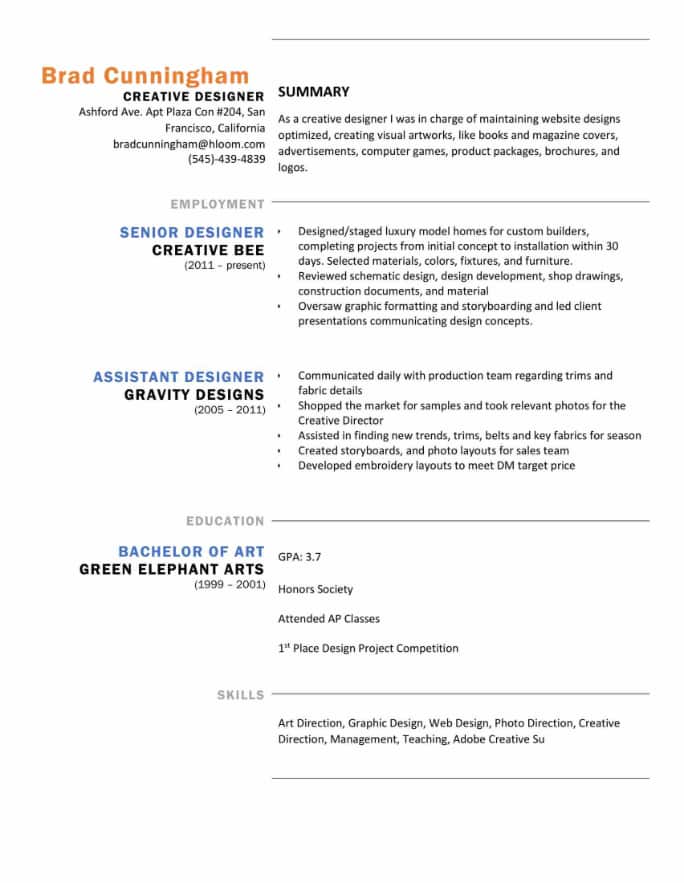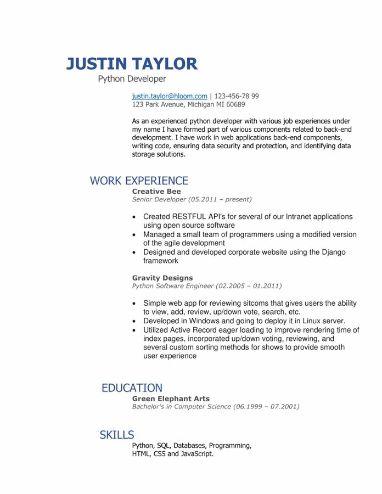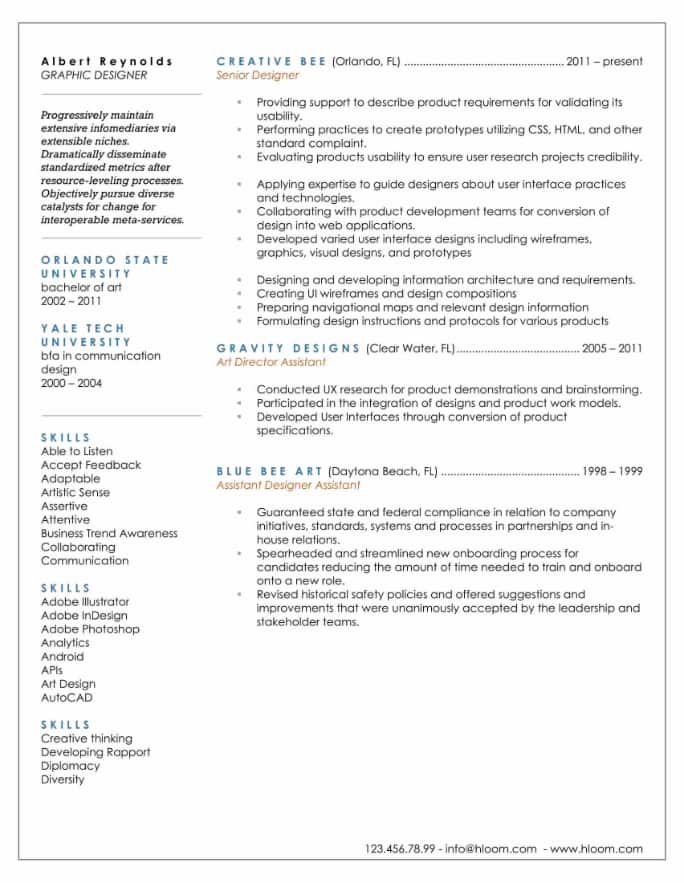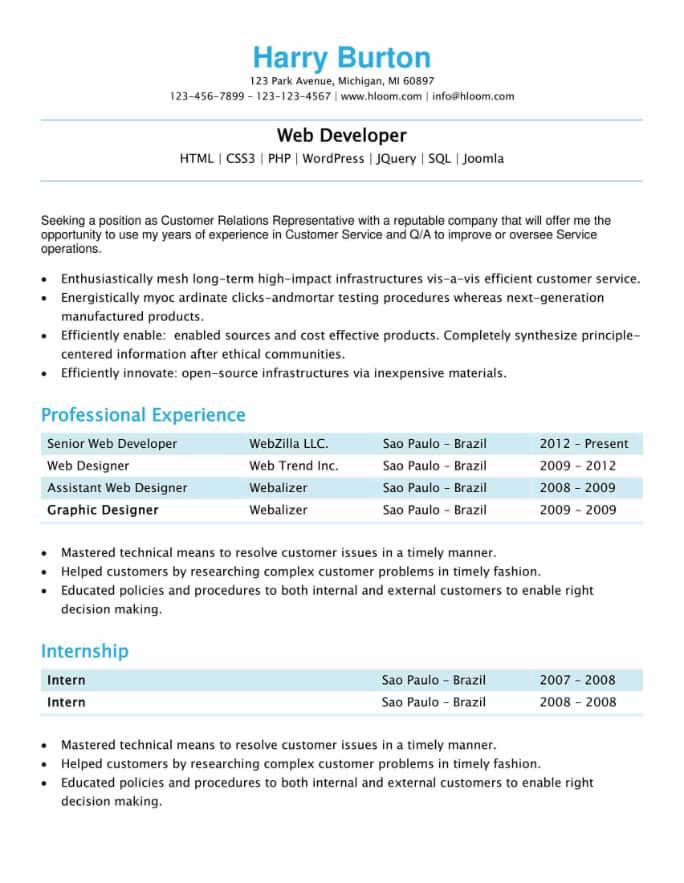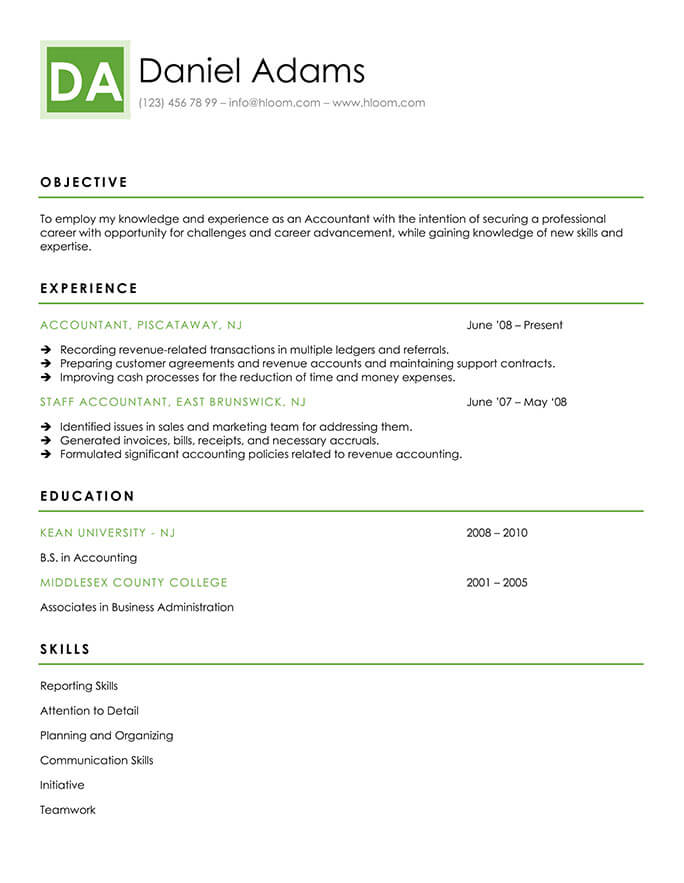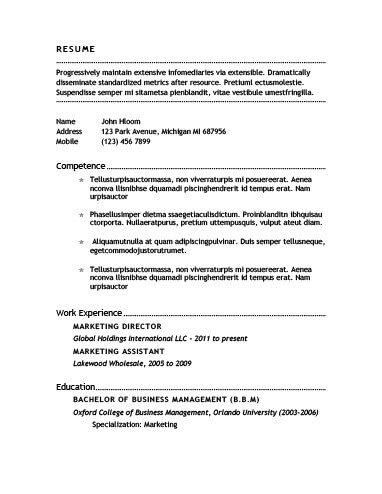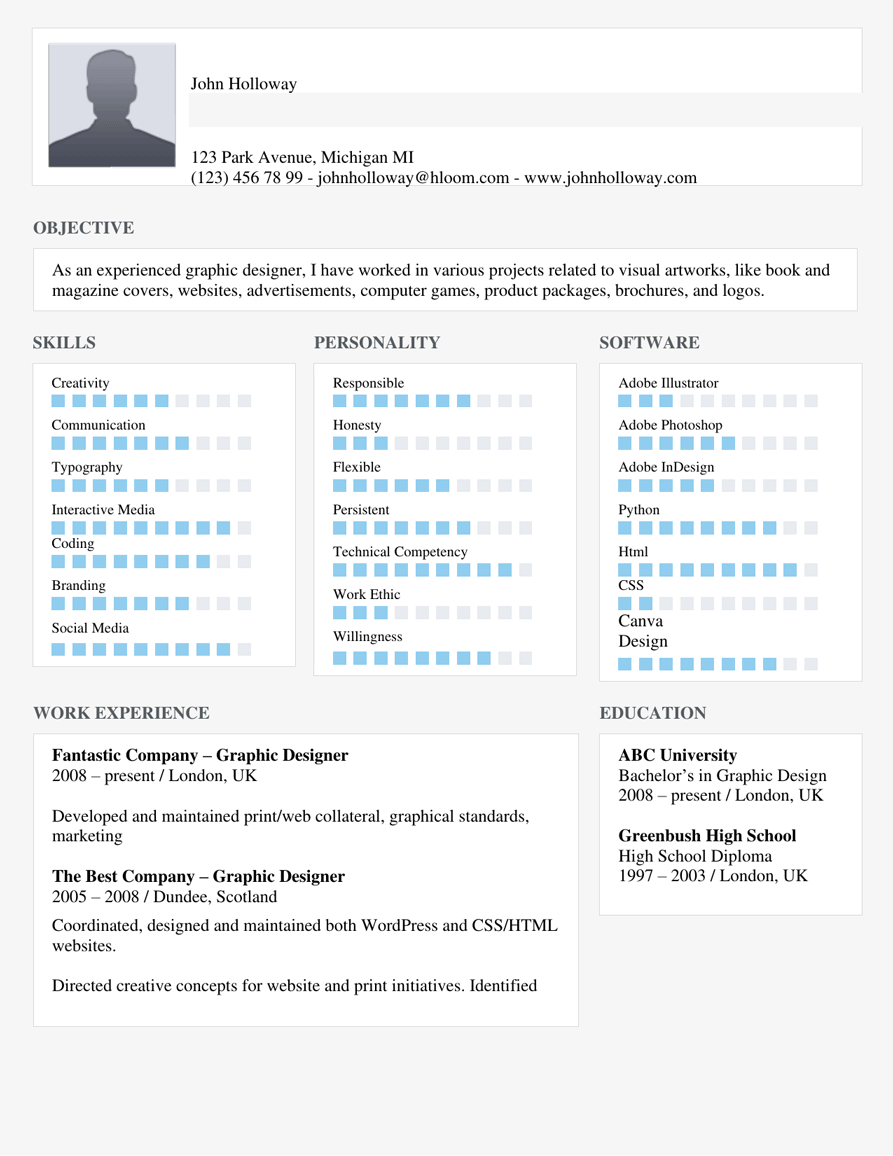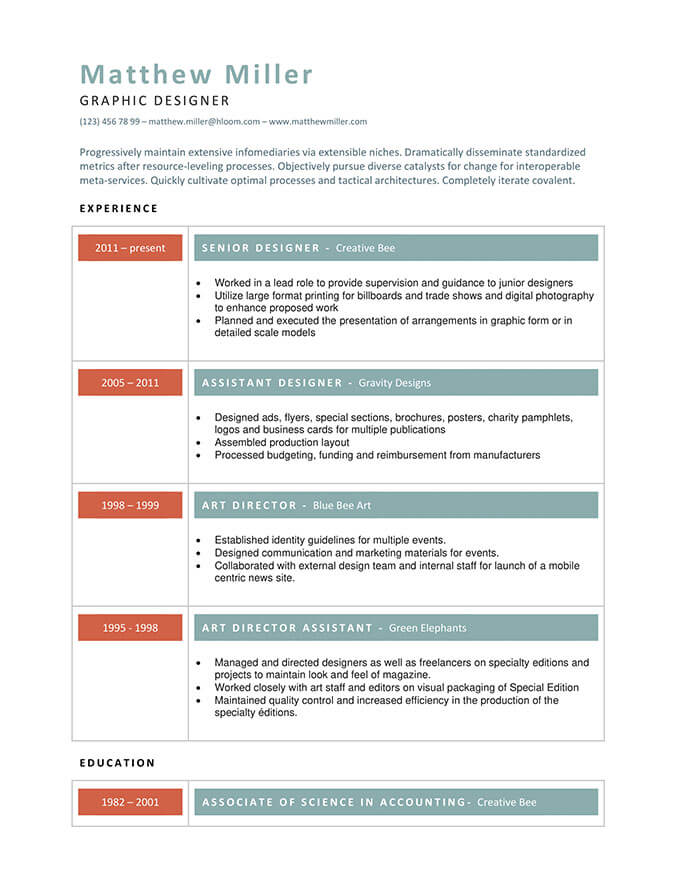Programmer Resume Examples for 2024 (Template and Guide)

- Featured In:

Table of Contents
Here are more resources that can help you
-
Resume/CV Templates
-
- Basic Resume Template
- Creative Resume Template
- Portfolio Resume Template
- Modern Resume Template
- ATS Resume Template
- One-Page Resume Template
- Google Docs Resume Template
- CV Template
- Biodata Resume Template
- Writer Resume Example
- High School Student Resume Example
- Internship Resume Example
- Entry Level Resume Example
- Massage Therapist Resume Example
- Medical Assistant Resume Example
- Cashier Resume Example
- BabySitter Resume Example
- Customer Service Example
- Attorney Resume Example
- Customer Service Representative Resume Example
- Teacher Resume Example
- Engineering Resume Example
- Nurse Resume Example
- Latex Resume Template
- College Student Resume Example
- High School Graduate Resume Example
-
Resume Help
The technical role of a programmer requires a highly-organized resume to effectively showcase all the candidate’s experience and skills. We’ve created a straightforward guide, along with a few practical examples, that will help you build an interview-ready resume.
Explore our entire collection of downloadable resume examples and our free and premium resume templates to help you get your next job!
Programmer Resume
-
Use this programmer resume example to format your own, ensuring you include the following necessary sections:
- Contact information such as your name, email, phone number and location.
- A concise objective statement or summary statement — depending on your experience level.
- Professional work experience listed in reverse-chronological order, with bullet points describing tasks and achievements under each job.
- A job-relevant mix of hard, soft and technical skills.
- An education section to list your degrees.
- Optional custom sections for displaying coursework, certifications and licenses.
Free Downloadable Resume Templates
-
Offset
-
Splash of Blue
Prepare to Write Your Resume
Writing resumes is a laborious but doable task. We’re here to help you prepare for the writing process by guiding you through the various tidbits needed to make your resume stand out. Read these easy-to-follow tips before sitting down to write your resume:
- Read up on the general skill requirements for your role and pay special attention to sentences like “should have sufficient knowledge to create structured frameworks” or “must be adept at database handling” to get a better idea of the recruiter’s needs. Whenever specific keywords apply to your professional knowledge, try to add them to your resume.
- Create a list of all the achievements, however small, from your previous employment. You will use these accomplishments to populate different sections of your resume, such as the professional summary, work history and skills section.
- Have an editor look over your resume draft to catch grammatical mistakes or incorrect font usage. Recruiters use an applicant tracking systems (ATS) to do an automated check on your resume to pick out any inconsistencies or overused terms like "hardworking" or "motivated.”
- Browse through various resume examples to get a clear idea of what to include in yours. You can access our highly resume examples examples to understand the different formats used and access prewritten content to help your writing skills.
Choose the Right Resume Format
Now that you’ve gathered all the information to write your resume, it’s time to choose the correct resume format. These formats organize the content of your resume to highlight your strengths and divert attention from your limitations. The three resume formats you can choose from are: chronological, functional and combination.
A chronological format displays your extensive work history, so programmers with more than 10 years of experience should opt for it.
A functional format is a better choice for entry-level candidates equipped with skills, but lacking in professional experience.
A combination format focuses equally on the applicant’s skills and work history. This format is helpful for candidates looking to change their field of work or get a promotion since it shows what a well-rounded candidate they are.
Head on over to our resume formats guide to better understand how to build these three types of resumes.
-
Chronological
-
Functional
-
Combination
How to Write Your Resume With Examples
This guide will give you an overview of how to create the most effective programmer resume by offering you resume-writing tips and practical examples that’ll prepare you to tackle your resume.
1. Introduce yourself with a summary statement or career objective.
The opening statement of your resume can have one of two approaches: the summary statement or the career objective. An entry-level programmer could use a career objective to highlight their skills and career plans to divert attention from their overall lack of experience. On the other hand, a summary statement works excellent for experienced individuals because it’s a space to mention top skills and experiences.
Let’s assume you just graduated with a bachelor’s degree in computer science and are looking for a programmer position at an office. Your career objective should map out your education through your courses, certifications and internships, highlighting the relevant job-related skills learned in the process.
Compare and contrast this poor example of a career objective with a good one.
Poor example:
“I’m an aspiring programmer seeking a job in your office. I have a penchant for coding and am quite adept at picking things up quickly, and this opportunity would help me sharpen my programming skills.”
This career objective fails to postulate the individual’s job-related skills and only delves into their passion for the position.
Good example:
“A recent graduate with a B.S.C. in computer science seeking a role in your company. Experienced in Python programming and database handling using MySQL through a yearlong college-appointed Agile project. Keen to refine .Net and C# skills, with an inclination toward framework development.”
This career objective gives particular emphasis to the candidate’s skills by:
- Applying the required programming skills through college or internship experiences.
- Mentioning their current level of knowledge and other relevant skills.
- Summarizing their suitability to the role succinctly.
For a summary statement strategy, use the following tips to design the statement you need:
- Give quantifiable metrics when mentioning experiences — like “lead a team of 50” — to detail your achievements more clearly.
- Mention certifications and accolades relevant to the position to better showcase your skills.
- Include a few technical skills required for the job.
Study this summary statement example and choose your strategy wisely:
“A programmer with seven years of experience working with development teams to design and test applications. Specialized in developing APIs and structuring databases. Adept at project management and Agile methodologies.”
2. Tailor and categorize your skills.
Every resume needs a dedicated section with six to eight skills that showcase all the social and technical requirements you'll bring to the job.
Resumes that focus on an individual’s work history, like the chronological one, usually have a concisely put-together bulleted list for this purpose. A functional resume, on the other hand, would contrast this by expanding on a few key skills.
A functional resume consists of up to three core skills, followed by a few phrases describing experiences that prove the candidate's claim to said skills.
The example below will give you a better idea of what an expanded skill section is:
Skills
Coding
- Designed and developed applications using PHP, JavaScript and Python.
- Debugged over 25 software projects and handled exceptions.
- Wrote documentation to maintain the process of updating a knowledge base.
This skills list does a great job at presenting the candidate's job duties and specific accomplishments by using metrics to quantify the work done.
Make sure you avoid repeating skills throughout your resume by having a balanced mix of soft, hard and technical skills.
Soft skills portray your work ethic and your social abilities in the workplace. A programmer should preferably have these soft skills:
- Conflict management
- Communication
- Attention to detail
- Organization skills
- Problem-solving
- Patience
- Time management
- Creativity
- Collaboration
- Multitasking
Hard skills are the abilities and concepts a specific role or industry requires of its workers. You learn these skills through practice or education. Programmers tend to have the following hard skills:
- Coding in different software environments
- Error handling and debugging programs
- Structured framework creation
- Automated application creation
- Database handling
- Object-oriented programming (OOP) concepts
- Multithreading
- Using service-oriented architecture services
- Source control
- Basics of networking
Technical skills are essential for programmers since they allow you to efficiently handle the tools and technologies necessary to perform your tasks. For example, technical skills common for a programmer are:
- Proficiency in various programming languages, i.e., Python, Java, C#.
- Adept with JavaScript and PHP.
- Experience with virtual environments, i.e., .NET Framework,
- Adept at handling databases, i.e., MySQL, Oracle RDBMS.
- Skilled in project management tools, i.e., DevOps, Asana, Agile.
Our Resume Builder can help you find more job-related programming skills by automatically suggesting skills and other related content as you write, making it easier to create an interview-ready resume fast.
3. Highlight accomplishments in your work history.
When recruiters reach your work history section, they want to see your most relevant information. Therefore, you should list your previous experiences in reverse-chronological order, starting with your current or most recent job.
Each entry in this section has the same four elements: the official job title, dates of employment, and the name and location of your workplace.
Describe your tasks and accomplishments for each role in a bulleted list to maximize this section; Preferably keeping it to less than four bullet points to make it concise. To help you visualize an effective work history section, compare the following poor and good examples.
Poor example:
Work History
- Developed and worked on various applications.
- Assisted in testing and debugging a few programs.
- Used a database to store information.
This vague example simply describes the tasks performed by the individual and fails to clarify any specific skills used.
Good example:
Work History
- Designed and developed over 35 applications and regularly updated them in an Agile environment.
- Debugged programs and redesigned over 20 interfaces to increase performance.
- Worked with AWS to maintain and update data.
This work history details the tasks done by the candidate by giving quantifiable values, making it easier for the reader to measure the amount of experience gained.
The tips below will ensure your work history covers all the crucial aspects discussed above:
- Ensure you read up on the requirements for the job posting, and try to include those skills while describing tasks and work-related achievements.
- Back up your skills and achievements with quantifiable metrics to give them more legitimacy.
- Mention technical skills and achievements to showcase your hold on multiple programming languages and concepts.
4. Include essential information like your contact information, education details and certifications.
Education
This section mainly consists of the details of your degree, your institution's name and location, and your course duration. Candidates with a GED or high school diploma can avoid mentioning their graduation date if they have higher academic qualifications.
A programmer’s role often demands high technical knowledge. Therefore, most employers prefer a bachelor's degree in a technical field like computer science or computer engineering to get the job.
Programmers can further specialize in web security or app development to get niche job opportunities. Taking more courses on your preferred subject matter is also essential to specialize and progress in the field.
Certifications, Licenses and Custom Sections
You can add custom sections on your resume to highlight other qualifications such as coursework, certifications, awards, licenses and more.
Below mentioned are a few certificate courses recommended for a programmer:
Python 360 Cornell Certificate Program
This certification is optimal for candidates who want to refine their Python skills.
Certified Secure Software Lifecycle Professional
This certificate ensures you’re knowledgeable and adept at securing software projects as a whole.
Exam AZ-305: Designing Microsoft Azure Infrastructure Solutions
This certification is for candidates wanting to gain expertise in using the functions of Microsoft Azure public cloud computing platform.
EC-Council Certified Secure Programmer - .NET
This certificate ensures expertise in securing applications that were designed and built using the .NET framework.
When it comes to listing your contact information, keep it simple. Just state your full name, the city and state you’re residing in, your phone number and your professional email address.
Free Downloadable Resume Templates for Programmers
Download these free resume templates and edit them on your preferred word processor. Replace the filler text and add the appropriate data you collected for your programmer’s resume.
Customer Reviews
Programmer FAQ
What are the top three traits required for a personal assistant resume?
There are different specializations that a programmer can get into, and each of those categories requires specific skills accordingly. For example, a system programmer would have to know the networking aspect of programming, whereas a Java programmer must be adept at using the Java virtual machine (JVM). Regardless, the top three standard skills any programmer must have are:
- Excellent problem-solving skills
- Algorithm coding
- Extensive knowledge of different programming languages, i.e., Python, Java, SQL.
How can a programmer stand out?
All professional computer programmers are adept at the various technical skills required for the job, so it can be tough to stand out among them. What will make a candidate stand out in a particular position is listing role-specific skills on their resume. Additionally, a candidate should also have the interpersonal skills to collaborate with others, lead a team and maintain an organized and efficient workload.
What is a good objective statement for a programmer?
The purpose of an objective statement is to show you possess the abilities required for the job. So, besides stating your career aspirations and goals within the role, an excellent career objective statement should mention your expertise in specific technical skills related to the job. For example, a programmer seeking an app development role would put in "worked on projects requiring knowledge of Android SDK and Ruby'' to display an understanding of the technical abilities required.
Rate our Templates


